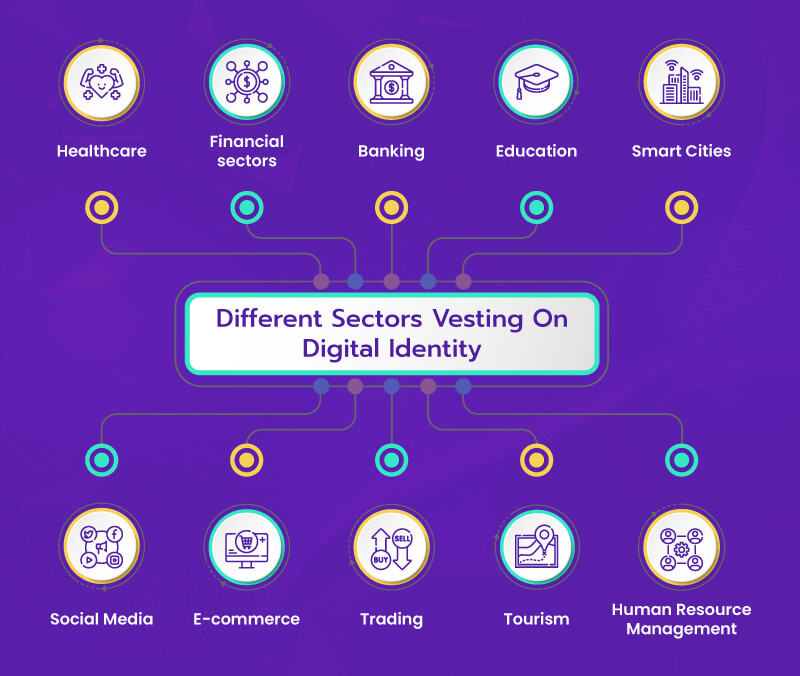
Navigating the Digital Frontier: Understanding Digital Identity Management
Defining Digital Identity Management
Digital Identity Management refers to the practice of managing and controlling access to digital resources and services based on the identity of users or entities. It involves the creation, validation, and maintenance of digital identities, as well as the enforcement of access policies and security measures to protect sensitive information and prevent unauthorized access. Key components of Digital Identity Management include:
Identity Verification: The process of verifying the identity of users or entities through authentication mechanisms such as passwords, biometrics, multi-factor authentication (MFA), and digital certificates.
Access Control: The enforcement of access policies and permissions to regulate the level of access granted to users based on their roles, privileges, and trust levels.
Identity Federation: The integration of identity systems across multiple domains or organizations to enable seamless authentication and access to shared resources.
Identity Lifecycle Management: The management of the entire lifecycle of digital identities, including creation, provisioning, deprovisioning, and termination, to ensure compliance with security policies and regulatory requirements.
Challenges and Considerations
Despite its importance, Digital Identity Management poses several challenges and considerations for organizations and individuals alike:
Privacy Concerns: The collection and use of personal data for identity verification raise privacy concerns, particularly regarding data security, consent, and compliance with data protection regulations such as GDPR and CCPA.
Identity Theft and Fraud: The proliferation of digital identities increases the risk of identity theft and fraud, with cybercriminals exploiting vulnerabilities in identity systems to gain unauthorized access to sensitive information and resources.
Interoperability and Standards: The lack of interoperability and standards among identity systems complicates identity management efforts, leading to fragmentation, complexity, and compatibility issues across different platforms and services.
User Experience: Balancing security requirements with usability and convenience is a constant challenge in Digital Identity Management, as overly complex or cumbersome authentication processes can lead to user frustration and resistance.
The Role of Digital Identity in the Future
As we move towards an increasingly digital and interconnected world, the role of Digital Identity Management will only become more critical. With the rise of emerging technologies such as blockchain, decentralized identity, and self-sovereign identity, new opportunities and challenges will emerge in the realm of identity management. Organizations must adapt and evolve their identity management strategies to address evolving threats, regulatory requirements, and user expectations in the digital age.